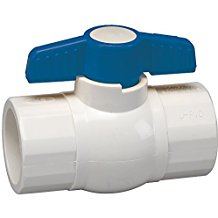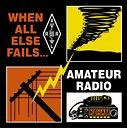
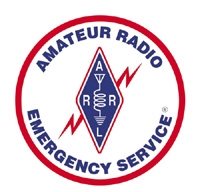 SUMTER COUNTY
SUMTER COUNTY
Amateur Radio Emergency Services Association (ARES)
Sumter County, Florida
Family Preparation
Get Informed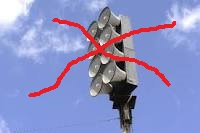
-
Know what disasters could affect your area, which could call for an evacuation and when to shelter in place.
-
There are not any warning sirens in Florida. In their place, there is the NOAA Weather Radio (costing about $30 plus 3 AA batteries at Lowes, Home Depot, Walgreens, Wal-Mart, etc.) and Alert
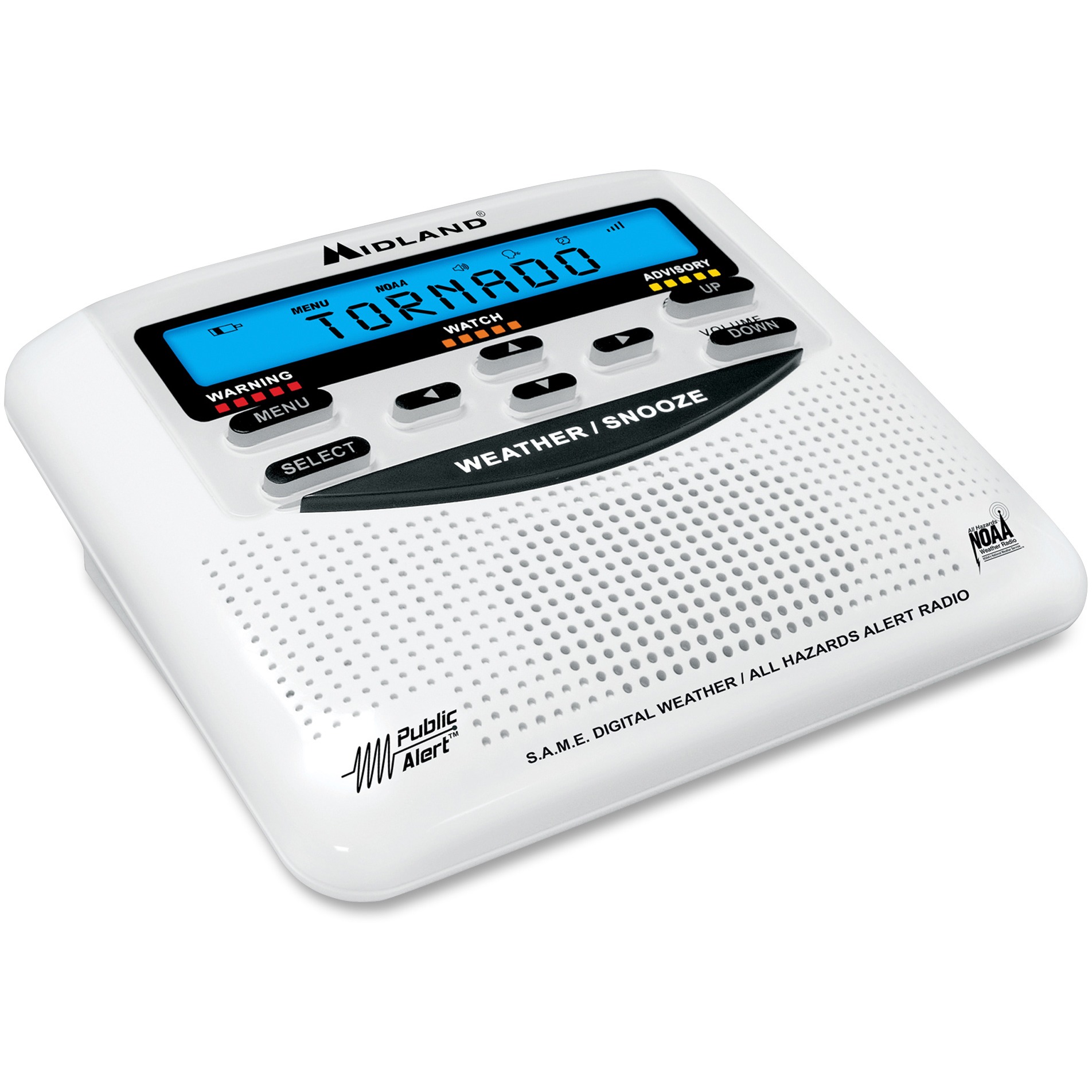 Florida. Purchase, program
(by you or nearest Fire Department), and
keep the NOAA Weather Radio tuned to your local emergency station.
Florida. Purchase, program
(by you or nearest Fire Department), and
keep the NOAA Weather Radio tuned to your local emergency station.
-
Sign up for Alert Sumter (Alert Lake or Alert Marion) which will send a message to your home phone, cell phone, and/or text. Also, monitor an Orlando TV station, AM 640 or 96.5 radio and pay attention to mobile alert and mobile warnings about severe weather in your area.
A. Make a Plan
Make a plan today. Your family may not be together if a disaster strikes, so it is important to know which disaster risks could affect your area. Know how youíll contact one another and reconnect if separated. Establish a family meeting place thatís familiar and easy to find.
Step 1: Put together a plan by discussing these 4 questions with your family, friends, or household to start your emergency plan.
- How will I receive emergency alerts and warnings?
- What is my shelter plan?
- What is my evacuation route?
- What is my family/household communication plan?
Step 2: Consider specific needs in your household.
As you prepare your plan tailor your plans and supplies to your specific daily living needs and responsibilities. Discuss your needs and responsibilities and how people in the network can assist each other with communication, care of children, business, pets, or specific needs like the operation of durable medical equipment. Create your own personal network for specific areas where you need assistance. Keep in mind some these factors when developing your plan:
- Different ages of members within your household
- Responsibilities for assisting others
- Locations frequented
- Dietary needs
- Medical needs including prescriptions and equipment
- Disabilities or access and functional needs including devices and equipment
- Languages spoken
- Cultural and religious considerations
- Pets or service animals
- Households with school-aged children
Step 3: Fill out a Family Emergency Plan
Download and fill out a family emergency plan or use them as a guide to create your own.
Step 4: Practice your plan with your family/household
Practice as if you had some type of disaster even if it is just a walk-through. This will provide a chance to identify what does and does not work. Keep in mind that for a hurricane, winds speeds may go up or down, it may be a "direct hit" or a "miss", where are the rain bands, and that high rainfalls could severely impact lower parts of The Villages and other areas in Sumter County, so your planning of stay-shelter-leave may be evolving. FEMA Flood Map Service Center (Link) and add your address.
Get your benefits electronically
A disaster can disrupt mail service for days or weeks. If you depend on Social Security or other regular benefits, switching to electronic payments is a simple, significant way to protect yourself financially before disaster strikes. It also eliminates the risk of stolen checks. The U.S. Department of the Treasury recommends two safer ways to get federal benefits:
-
Direct deposit to a checking or savings account. Federal benefit recipients can sign up by calling (800) 333-1795 or sign up on-line.
- The Direct Expressģ prepaid debit card is designed as a safe and easy alternative to paper checks. Call toll-free at (877) 212-9991 or sign up on-line.
B. Build a Kit
In addition to having your basic survival supplies, an emergency kit should contain items to meet your individual needs in various emergencies. Consider the items you use on a daily basis and which ones you may need to add to your kit.
Tips for People who are deaf or hard of hearing:
-
A weather radio with text display and a flashing alert
-
Extra hearing-aid batteries
-
A TTY
- Pen and paper in case you have to communicate with someone who does not know sign language
C: Special Needs
Tips for People who are blind or have low vision:
-
Mark emergency supplies with Braille labels or large print. Keep a list of your emergency supplies, and where you bought it, on a portable flash drive, or make an audio file that is kept in a safe place where you can access it.
- Keep a Braille, or Deaf-Blind communications device as part of your emergency supply kit.
Tips for People with Speech Disability:
-
If you use an augmentative communications device or other assistive technologies, plan how you will evacuate with the devices or how you will replace equipment if lost or destroyed. Keep Model information, where the equipment came from (Medicaid, Medicare, private insurance, etc.)
- Plan how you will communicate with others if your equipment is not working, including laminated cards with phrases and/or pictogram.
Tips for People with a mobility disability:
-
If you use a power wheelchair, if possible, have a lightweight manual chair available as a backup. Know the size and weight of your wheelchair in addition to whether or not it is collapsible, in case it has to be transported.
-
Show others how to operate your wheelchair. Know the size and weight of your wheelchair, in addition to whether or not it is collapsible, in case it has to be transported.
-
Purchase an extra battery for a power wheelchair or other battery-operated medical or assistive technology devices. If you are unable to purchase an extra battery, find out what agencies, organizations, or local charitable groups can help you with the purchase. Keep extra batteries on a trickle charger at all times.
-
Consider keeping a patch kit or can of sealant for flat tires and/or extra inner tube if wheelchair or scooter is not puncture proof.
-
Keep an extra mobility device such as a cane or walker, if you use one.
- If you use a seat cushion to protect your skin or maintain your balance, and you must evacuate without your wheelchair, take your cushion with you.
Tips for individuals who may need behavioral support:
- Plan for children with disabilities and
people including individuals who may have post-traumatic stress
syndrome (PTSD), who may have difficulty in unfamiliar or
chaotic environments.
- This may include handheld electronic devices loaded with movies and games (and spare chargers), sheets and twine or a small pop up tent to decrease visual stimulation in a busy room or to provide instant privacy, headphones to decrease auditory distractions, and comfort snacks and toys that meet needs for stimulation.
- Additional
planning steps should include:
-
Communication: Create a support network. Keep a contact list in a watertight container in your emergency kit.
-
Communication: Be ready to explain to first responders that you need to evacuate and choose to go to a shelter with your family, service animal, caregiver, personal assistant, and your assistive technology devices and supplies.
-
Transportation: Plan ahead for accessible transportation that you may need for evacuation or getting to a medical clinic. Work with local services, public transportation or paratransit to identify your local or private accessible transportation options.
-
Communication: Inform your support network where you keep your emergency supplies; you may want to consider giving one member a key to your house or apartment.
-
Disability Assistance: Contact your city or county governmentís emergency management agency or office. Many local offices keep lists of people with disabilities so they can be helped quickly in a sudden emergency.
-
Special Needs: If you are dependent on dialysis or other life-sustaining treatment, know the location and availability of more than one facility.
-
Special Needs: If you use medical equipment in your home that requires electricity, talk to your doctor or health care provider about how you can prepare for its use during a power outage.
-
Special Needs: Wear medical alert tags or bracelets.
-
Special Needs: If you have a communication disability, make sure your emergency information notes the best way to communicate with you.
-
Special Needs: If you use an augmentative communications device or other assistive technologies, plan how you will evacuate with the devices or how you will replace equipment if lost or destroyed. Keep model information and note where the equipment came from (Medicaid, Medicare, private insurance, etc.)
-
Special Needs: If you use assistive technology devices, such as white canes, CCTV, text-to-speech software, keep information about model numbers and where you purchased the equipment, etc.
-
Special Needs: Plan how you will communicate with others if your equipment is not working, including laminated cards with phrases, pictures or pictograms.
-
Special Needs. Keep Braille/text communication cards, if used, for 2-way communication.
-
Preparedness tips for diabetics.
-
The U.S. Department of Health and Human Services online tool helps people locate and access their electronic health records from a variety of sources.
- Plan for children with disabilities and people, who may have difficulty in unfamiliar or chaotic environments.
-
Additional Items:
-
At least a week-long supply of prescription medicines, along with a list of all medications, dosage, and any allergies
-
Extra eyeglasses and hearing-aid batteries
-
Extra wheelchair batteries (manual wheelchair if possible) and/or oxygen
-
A list of the style and serial number of medical devices. Include special instructions for operating your equipment if needed.
-
Copies of medical insurance and Medicare cards
-
Contact information for doctors, relatives or friends who should be notified if you are hurt.
-
Pet food, extra water, collar with ID tag, medical records and other supplies for your service animal
- Handheld electronic devices loaded with movies and games (and spare chargers), headphones to decrease auditory distractions, and comfort snacks and toys that meet needs for stimulation.
Since you canít predict where you will be during a disaster, itís important to have plans and supplies for the locations you and your household go to regularly.
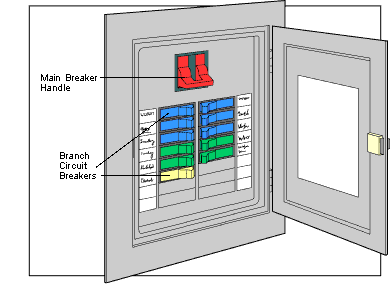 |
|
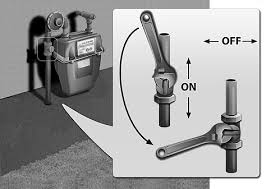 |
References
- Emergency Communication Plan (PDF)
- Prepare for Emergencies Now, Information for People With Disabilities (PDF)
- Transit Commuter Emergency Communication Plan (PDF)
- Wallet Sized Emergency Communication Plan (PDF)
- Family Emergency Communication Guide (PDF)
- Pet owners PDF
- Steps to make a plan (PDF)
- Tips on emergency alerts and warnings (PDF)
- Protect Critical Documents and Valuables (PDF)
- Document and Insure Your Property (PDF)
- Emergency Financial First Aid Kit (PDF)
When a storm comes https://www.youtube.com/watch?v=GsjUfdaW67k
Family Communications Plan https://www.youtube.com/watch?v=LviZ4pZrqu8
Make a plan https://www.youtube.com/watch?v=TybjwGLHA88
Financial Preparedness? Are you prepared https://www.youtube.com/watch?v=RpnFDCCfS8I
BE informed https://www.youtube.com/watch?v=3u6vo9Q-Uq4
Last Update: 05/02/2019 © Copyright Sumter County ARES. All Rights Reserved.
